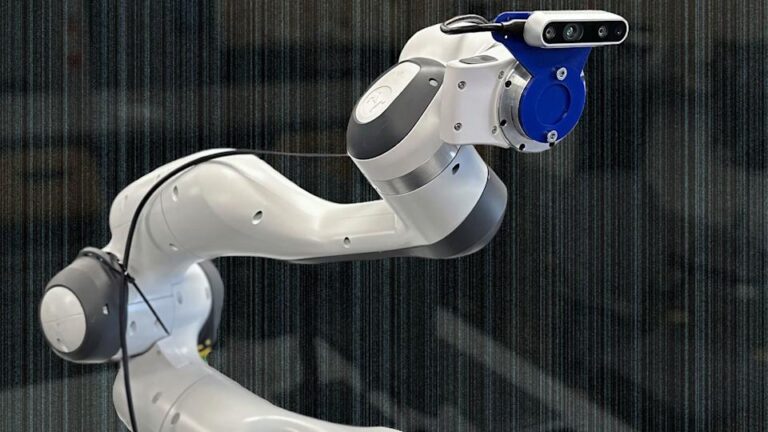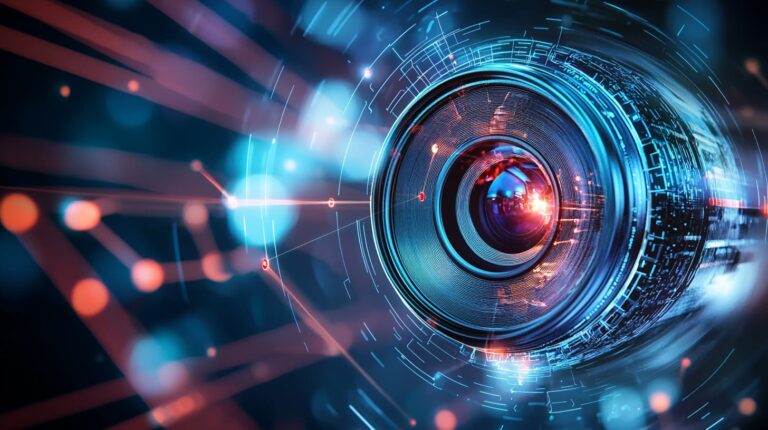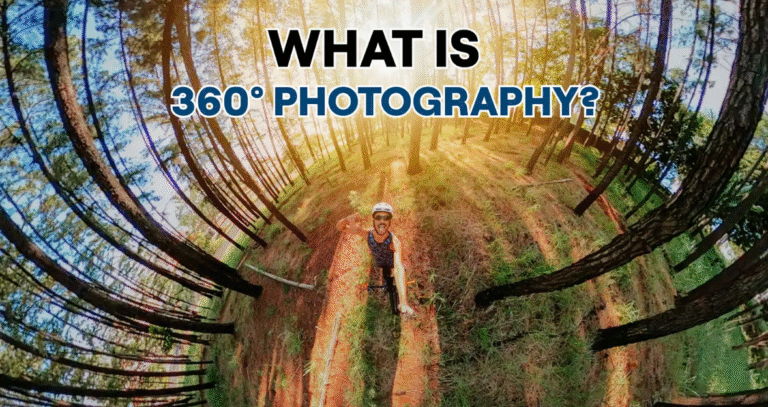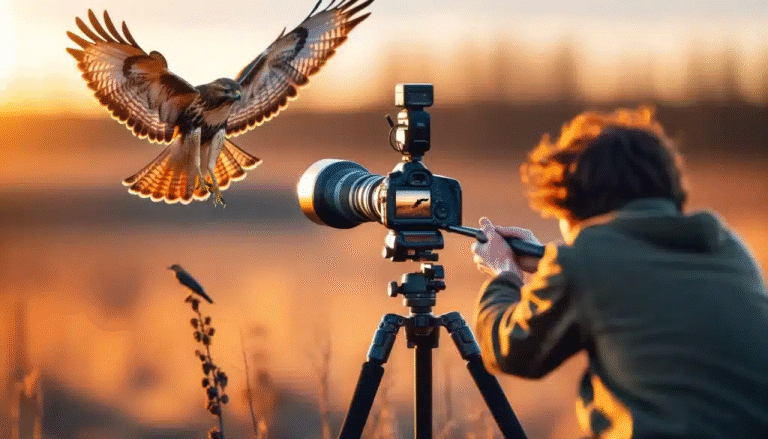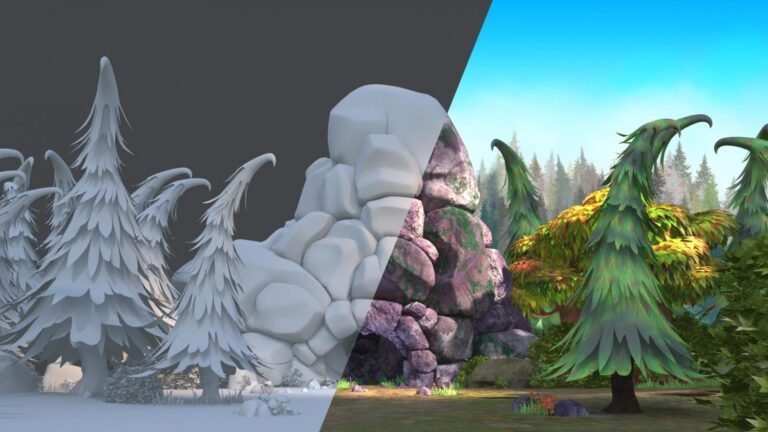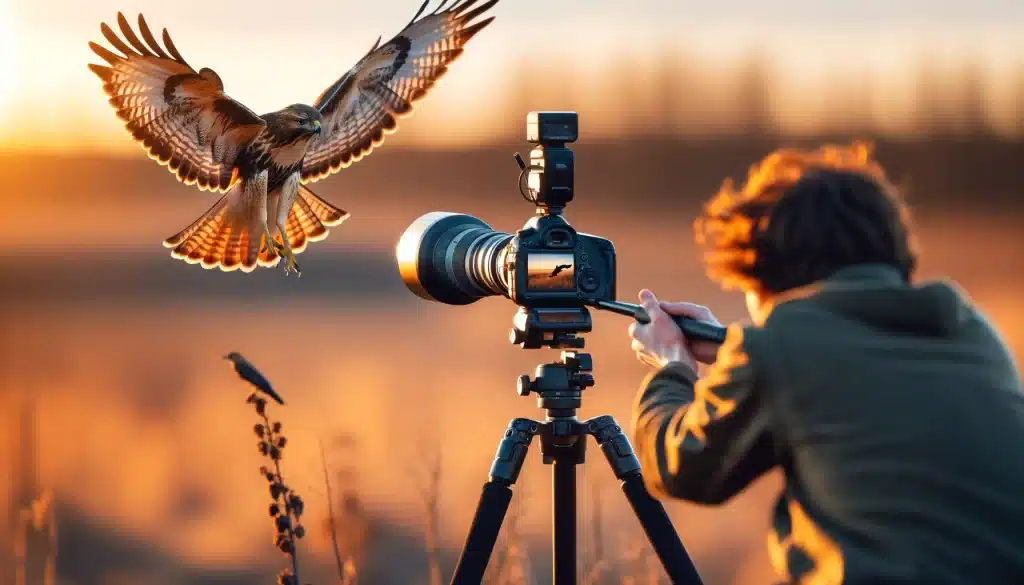
Artificial Intelligence (AI) is bringing thrilling revolutions to wildlife photography, and it is becoming easier, smarter, and more efficient than ever before. In the past, photographing wild animals in their natural surroundings used to involve lots of patience, long hours, and sometimes a dash of luck. Today, using AI-based tools, photographers are able to track, detect, and photograph phenomenal wildlife moments more accurately and efficiently.
One of the largest contributions AI is making is through animal detection and tracking. Recent cameras and drones with AI are capable of automatically identifying and tracking certain animals. These devices utilize machine learning to recognize movement, shape, and even species. For instance, intelligent trail cameras can detect the presence of animals such as deer, tigers, or birds and automatically begin recording. This alleviates the requirement for continuous human monitoring and makes the possibility of filming uncommon wildlife behavior more likely.
AI-equipped drones are also revolutionizing wildlife photography. The flying cameras can be set to track animals without causing them any disturbance. They are quiet flyers, navigate through obstacles with sensors, and track subjects in real-time. This is particularly beneficial for taking broad landscape views of herds or birds in flight. AI enables drones to make adjustment in flight plans and camera positions to keep the animal centered and in view at all times.
One of the critical applications of AI in wildlife photography is image enhancement. Wildlife photographs are often shot in low light or high-speed scenarios. AI applications such as Adobe Lightroom, Topaz Labs, and Luminar Neo can sharpen images automatically, minimize noise, and correct lighting. This enables photographers to capture quality photographs even under challenging shooting conditions. AI software can also categorize and mark huge collections of photos by detecting animals and eliminating duplicates, saving hundreds of hours of manual effort.
AI is also enabling us to install automated camera traps. Such intelligent cameras have the ability to identify particular species and take pictures only when the target animal is identified. Some of them even provide live notifications on the camera person’s phone when a rare creature shows up. This enables remote photography in harsh climates like jungles or mountains without compromising human disturbance or injury.
For scientists and wildlife protectors, AI presents other advantages. By gathering and interpreting information from AI cameras, researchers can monitor migration routes, keep an eye on vulnerable species, and learn about the behavior of animals over time. This combination of photography and data analysis is becoming an asset in wildlife conservation campaigns.
Conclusion
AI is transforming wildlife photography by enhancing how animals are monitored, photographed, and analyzed. With intelligent cameras, drones, and editing software, photographers now have the ability to shoot breathtaking wildlife photos more readily and safely. AI saves time, improves success rates, and ushers in new creative and scientific opportunities. As technology advances further, AI will play an even bigger role in assisting us in documenting and conserving the natural world and become an integral part of contemporary wildlife photography.
